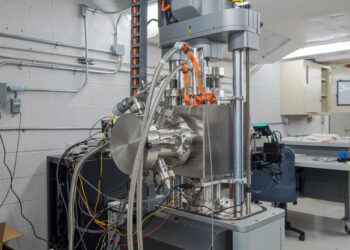The NISAR Satellite, a collaboration between NASA and ISRO, is an ambitious mission designed to provide unprecedented insight into Earth’s natural processes. By employing state-of-the-art radar imaging, it aims to monitor subtle changes in the planet’s land surface. This will facilitate a better understanding of volcanos, landslides, and other natural hazards.
The satellite is equipped with both L-band and S-band synthetic aperture radar (SAR) which enables it to penetrate clouds and darkness, ensuring consistent, year-round observations. This advanced capability will significantly enhance the accuracy of data regarding forest biomass, ice-sheet dynamics, and soil moisture levels.
NISAR is expected to improve the monitoring of agricultural and forest resources, which will be pivotal in environmental conservation and resource management efforts. The satellite will also support global disaster response coordination by providing timely data on sudden and ongoing changes across Earth’s surface.
Furthermore, the mission is an exemplary model of international collaboration in space exploration, underlining the importance of combining technological expertise and resources to address global challenges. It is a step towards a deeper understanding of dynamic Earth systems, providing critical data for scientific research and informed decision-making.
For more detailed information on the mission and its capabilities, you can visit the original source on NASA’s official website.






















